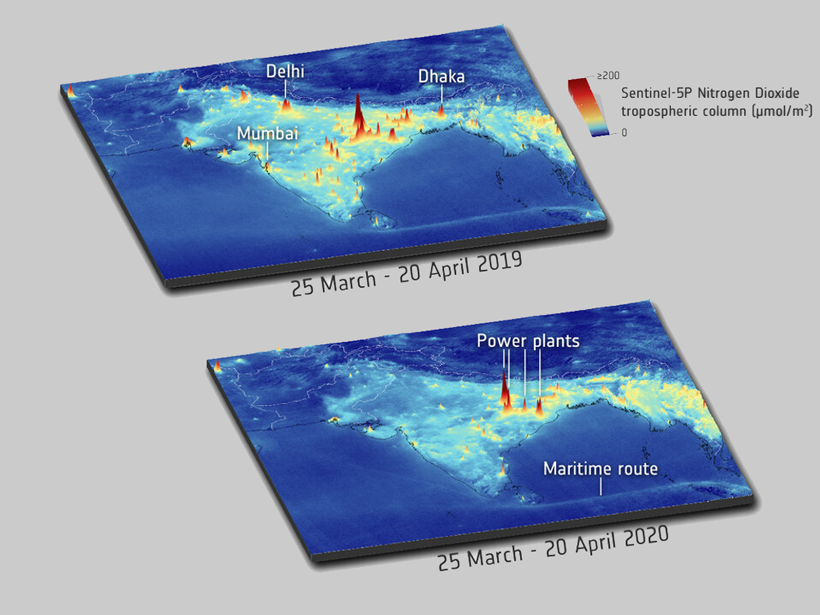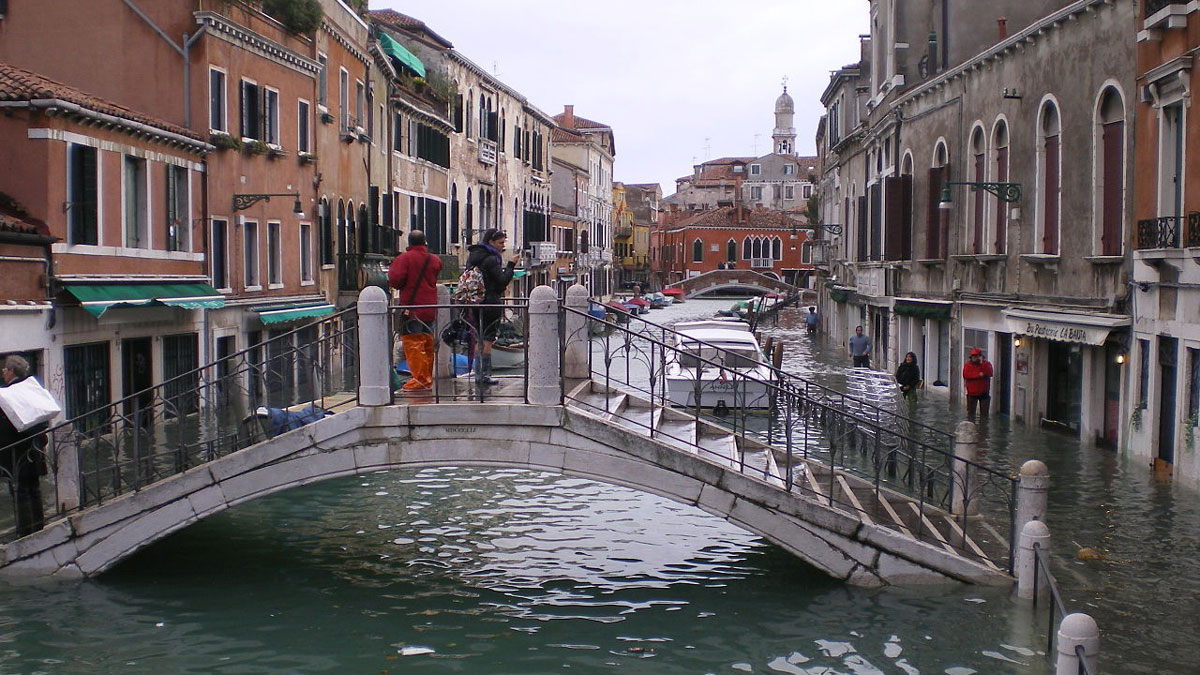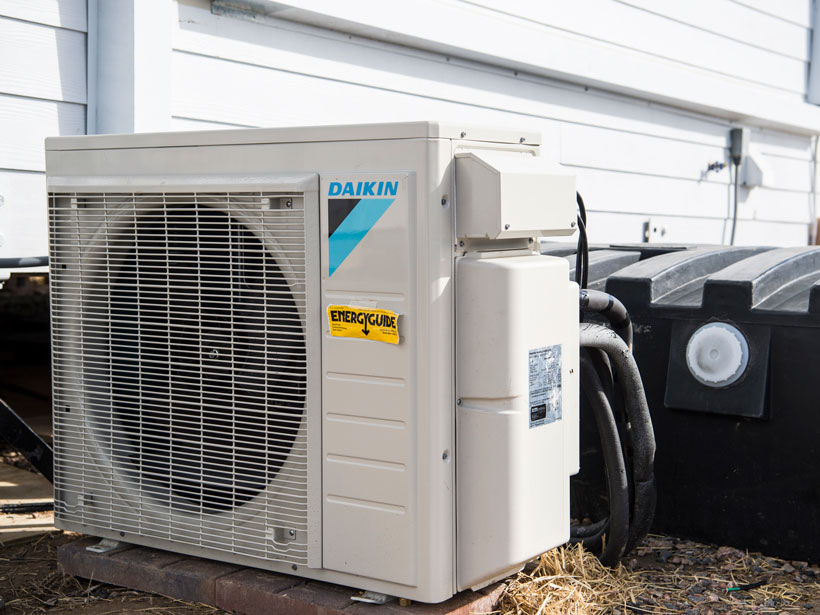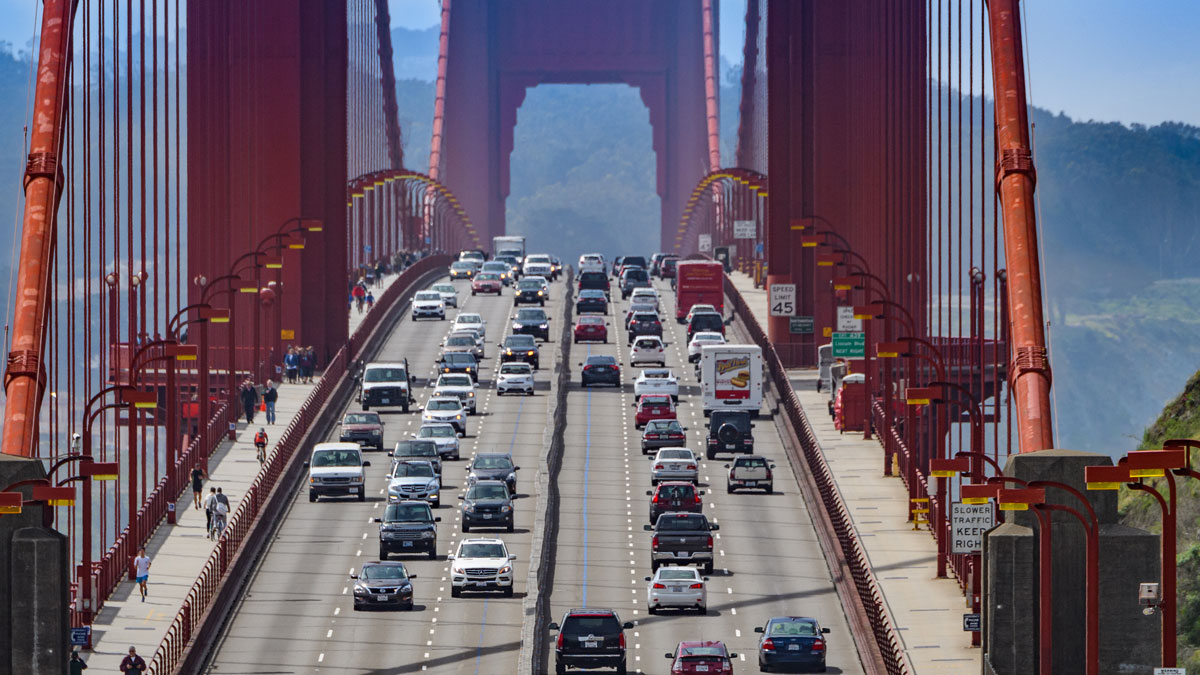Una nueva base de datos revela ciudades más opacas, campos de cultivos vacíos y puertos vacíos.
ENGAGE
Surviving on the Periphery of a City of Earthquakes
Mexico City is one of the most disaster-prone urban areas in the world. Following an earthquake, marginalized communities living on the city’s periphery are exposed to more dangers than just collapsing buildings.
Noble Gas Hints at Mars’s Rapid Formation
A new study finds that Mars’s mantle is neon-rich, putting constraints on the planet’s formation history.
Thirsty Plants Pull Water from Bedrock
Shrubs and trees across the United States routinely sip water stored in bedrock, a discovery that has implications for the terrestrial water cycle.
New Contamination Concern for Colorado Streams
Abandoned hardrock mines and climate change cause metals and other elements to leach into streams. They also put rare earth elements into the water, a new study finds.
For Venice’s Floodgates to Work, Better Forecasts Are Needed
Climate change increases massive storm surges, which may be more than Venice’s flood-control system can handle.
Las bombas de calor pueden reducir las emisiones de los hogares, pero no en todas partes
Un nuevo estudio muestra que, en los lugares correctos, las bombas de calor pueden ayudar a los propietarios a reducir las emisiones de gases de efecto invernadero, ahorrar en costos de calefacción y aire acondicionado, y promover la salud pública.
Remote Work May Be Keeping Some Cities’ Air Cleaner
Widespread remote work may have kept air pollution lower than pre-COVID-19 lockdown levels even though restrictions were lifted in 2020, a new study finds.
Fires Lit for Agriculture Boost Air Pollution in Southeast Asia
Reducing fires lit for agricultural management and deforestation, which unduly affect poorer populations, could help prevent 59,000 premature deaths per year.
Drone Rules Make Tracking Down Faults a Difficult Feat
Regulations differ from country to country, but on one point, they’re relatively uniform: Drones must remain within their operators’ line of sight. How do earthquake scientists collect drone data while working within the rules?










